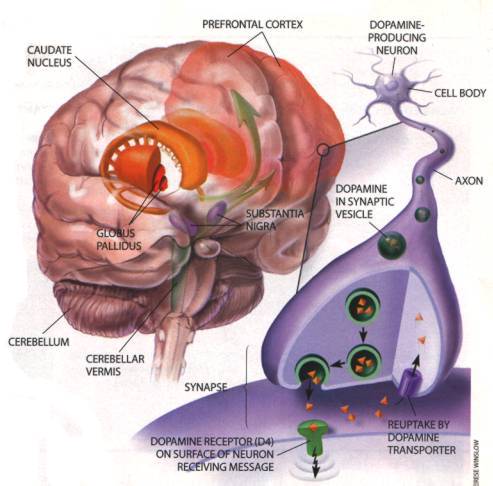The symptoms of ADHD include inattention and/or hyperactivity and impulsivity. These are traits that most children display at some point or another. But with ADHD, which stands for attention-deficit hyperactivity disorder, or what was referred to as ADD -- attention deficit disorder -- the symptoms are inappropriate for the child's age.
ADHD is common in children and teens. But adults also can have ADHD. With ADHD in adults, there may be some variation in symptoms. For instance, an adult may experience restlessness instead of hyperactivity. In addition, adults with ADHD consistently have problems with interpersonal relationships and employment.
How Well Are You Managing Your ADHD?
Are there different types of ADHD?
There are three different types of ADHD, including:
combined ADHD (the most common type), which involves all of the symptoms
inattentive ADHD (previously known as ADD), which is marked by impaired attention and concentration
hyperactive-impulsive ADHD, which is marked by hyperactivity without inattentiveness
For a diagnosis of ADHD, some symptoms that cause impairment must be present before age seven. Also, some impairment from the symptoms must be present in more than one setting. For instance, the person may be impaired at home and school or home and work. Also, there must be clear evidence the symptoms interfere with the person's ability to function at home, in social environments, or in work environments.
What are the main symptoms of ADHD?
There are three different categories of symptoms: inattention, hyperactivity, impulsivity.
Inattention may not become apparent until a child enters the challenging environment of school. In adults, symptoms of inattention may manifest in work or in social situations.
A person with ADHD may have some or all of the following symptoms:
difficulty paying attention to details and tendency to make careless mistakes in school or other activities; producing work that is often messy and careless
easily distracted by irrelevant stimuli and frequently interrupting ongoing tasks to attend to trivial noises or events that are usually ignored by others
inability to sustain attention on tasks or activities
difficulty finishing schoolwork or paperwork or performing tasks that require concentration
frequent shifts from one uncompleted activity to another
procrastination
disorganized work habits
forgetfulness in daily activities (for example, missing appointments, forgetting to bring lunch)
failure to complete tasks such as homework or chores
frequent shifts in conversation, not listening to others, not keeping one's mind on conversations, and not following details or rules of activities in social situations
Hyperactivity symptoms may be apparent in very young preschoolers and are nearly always present before the age of seven. Symptoms include:
fidgeting, squirming when seated
getting up frequently to walk or run around
running or climbing excessively when it's inappropriate (in teens this may appear as restlessness)
having difficulty playing quietly or engaging in quiet leisure activities
being always on the go
often talking excessively


